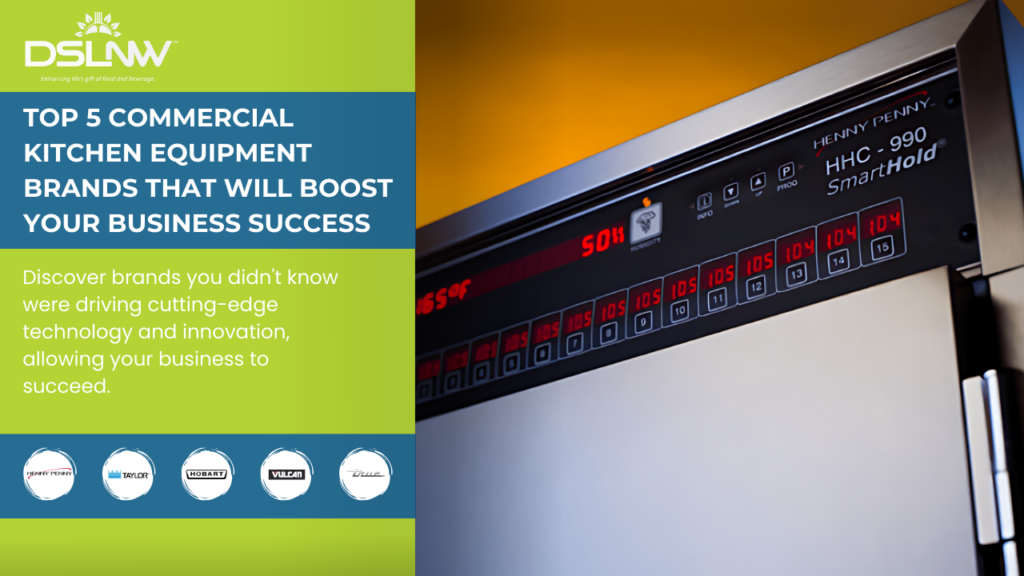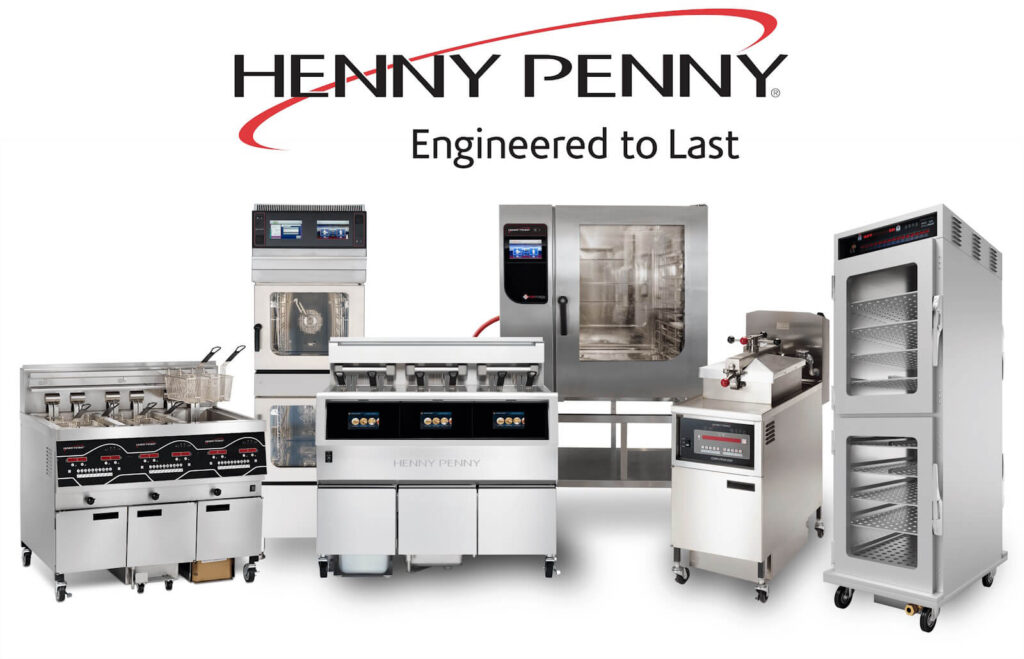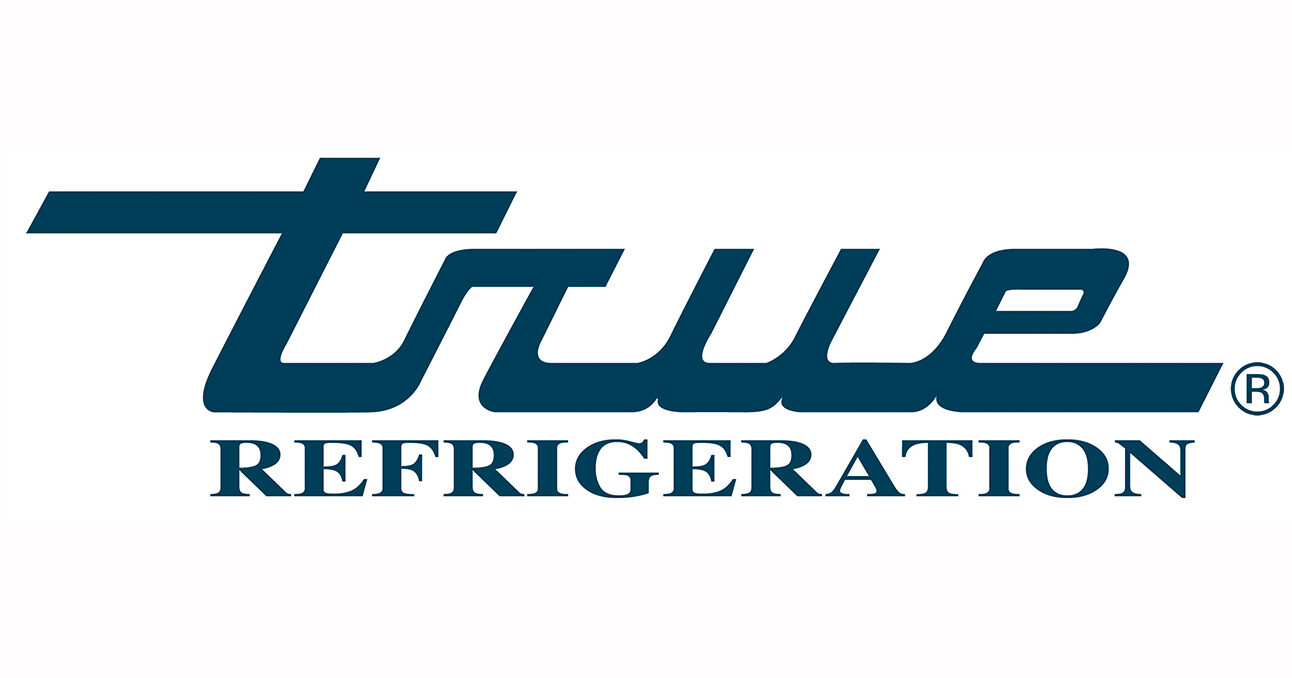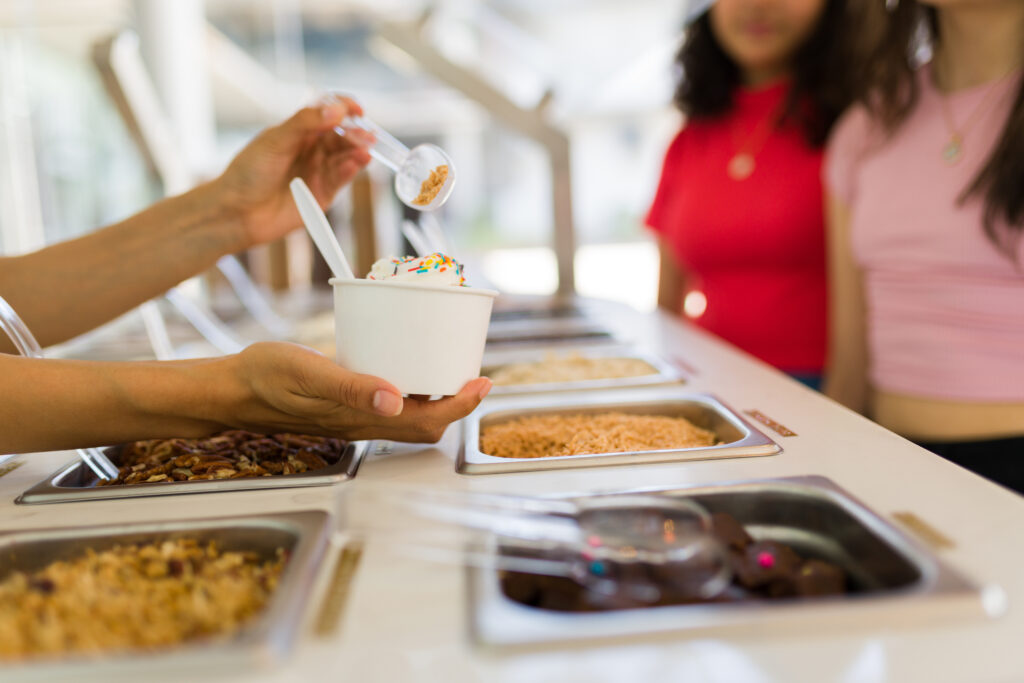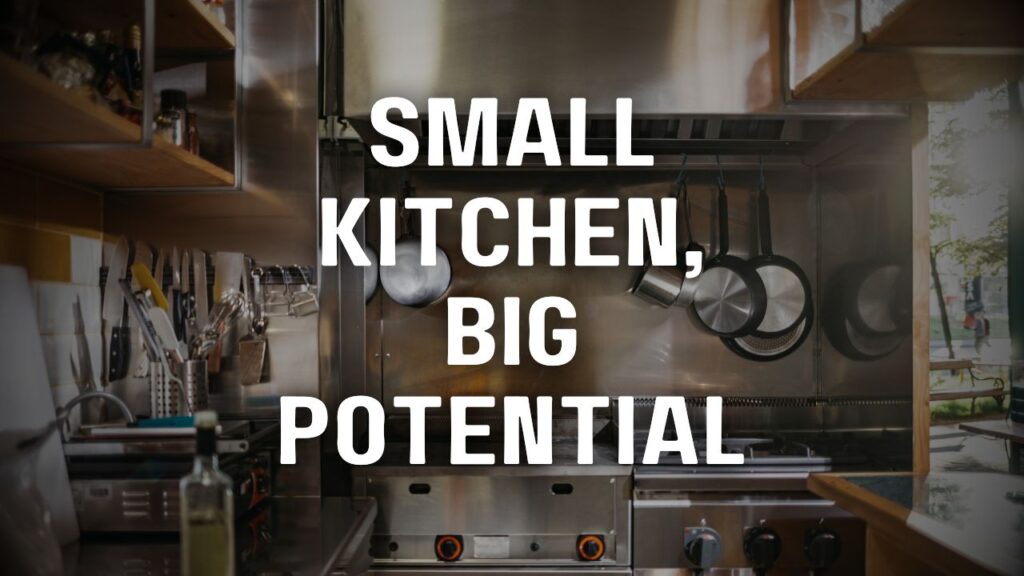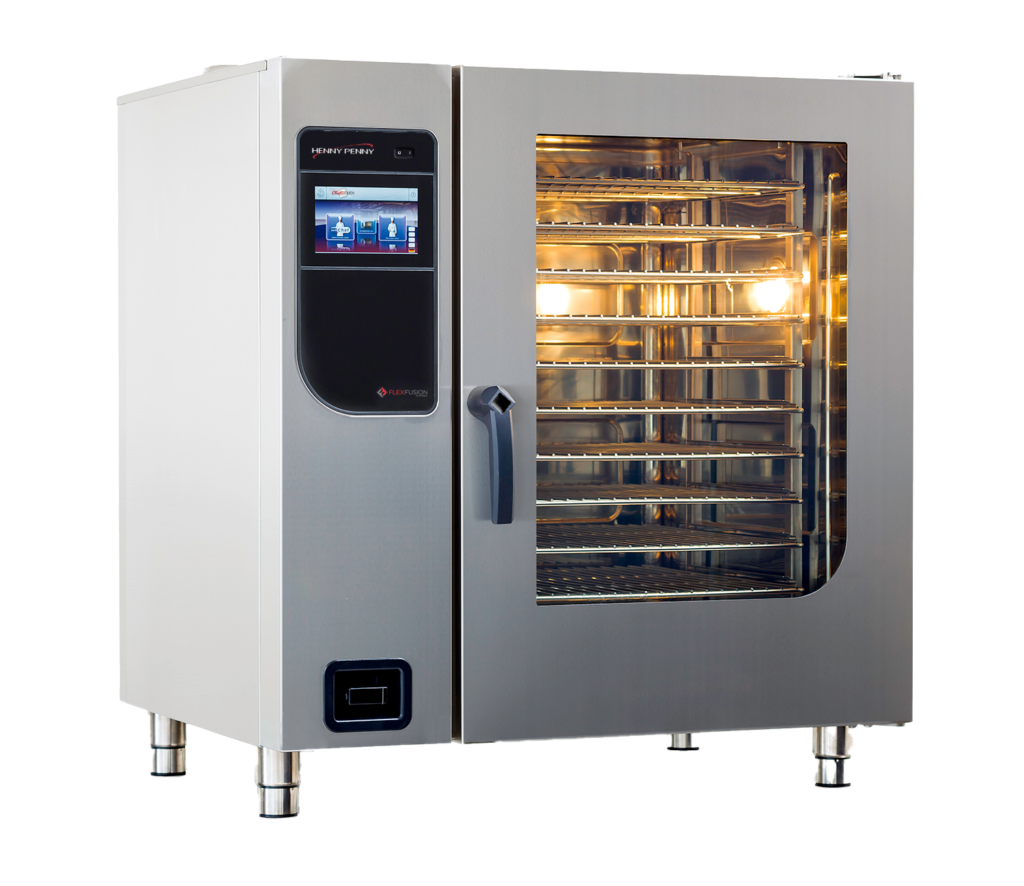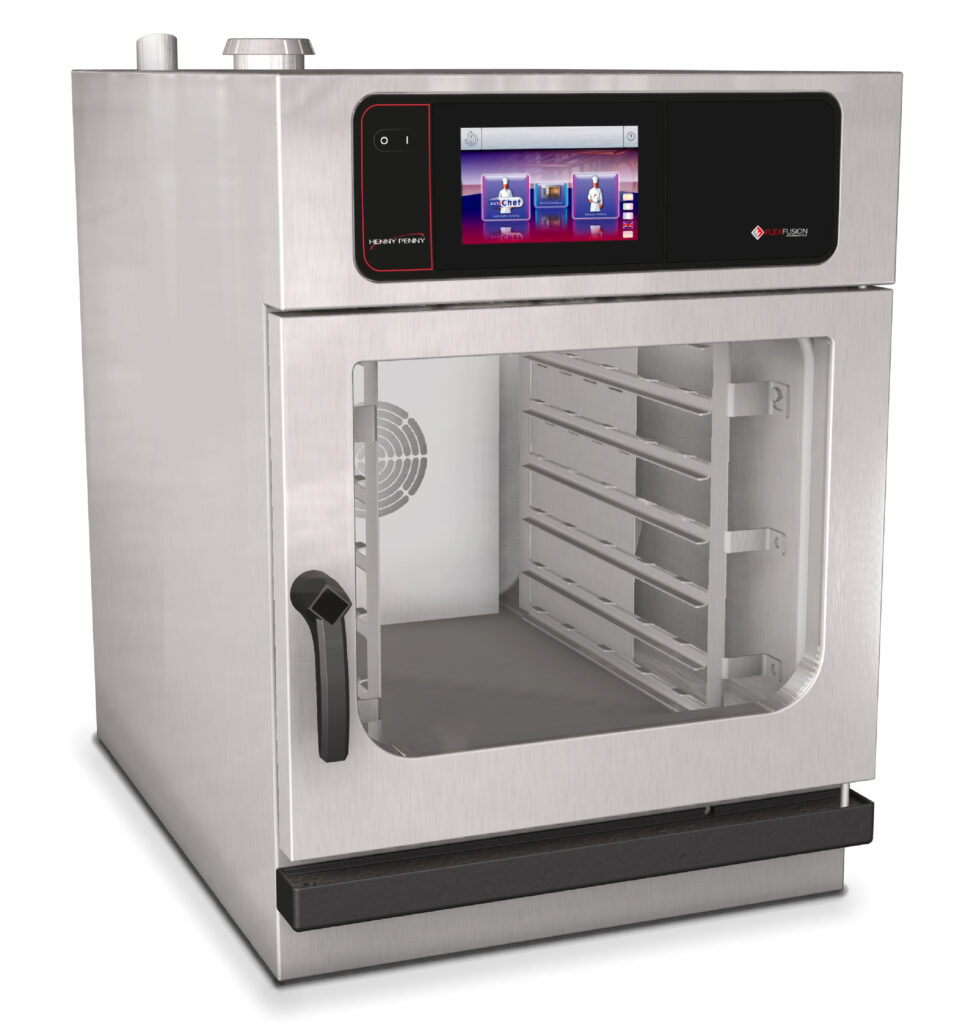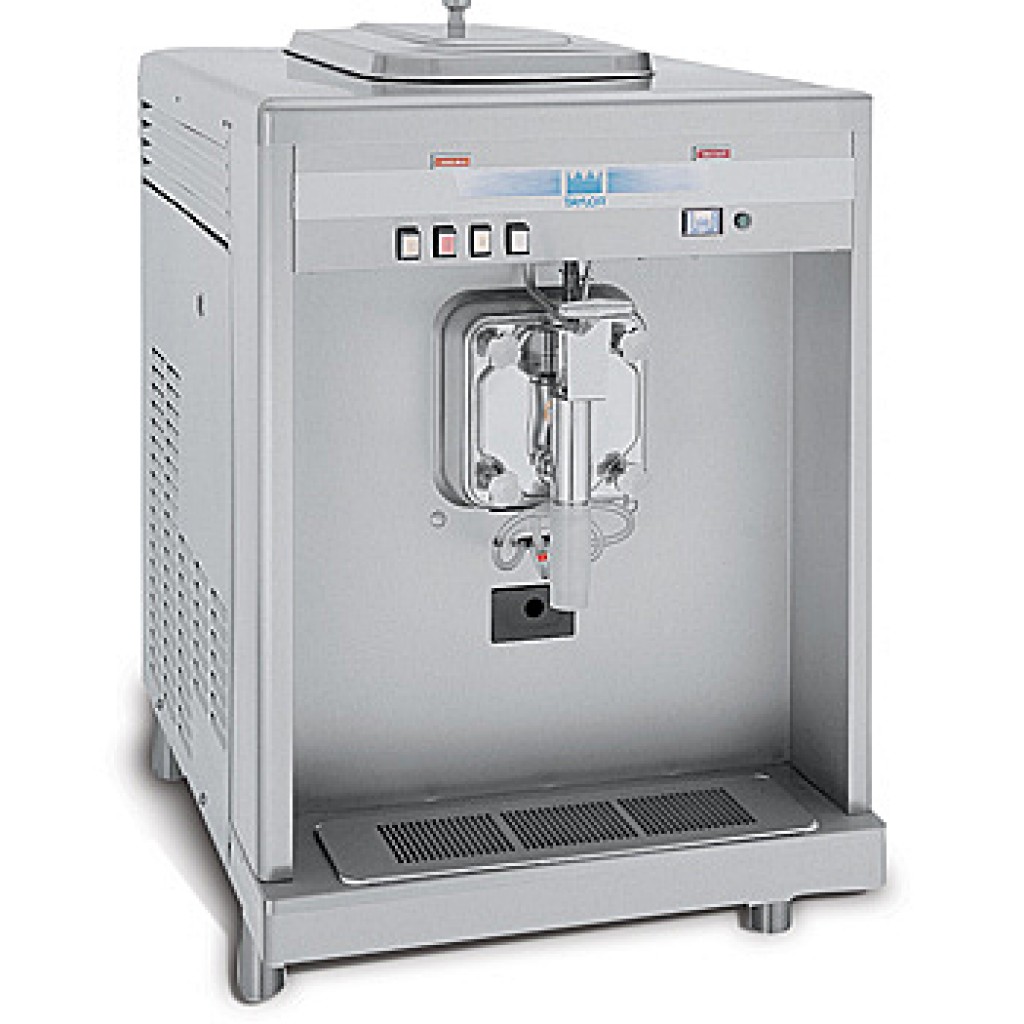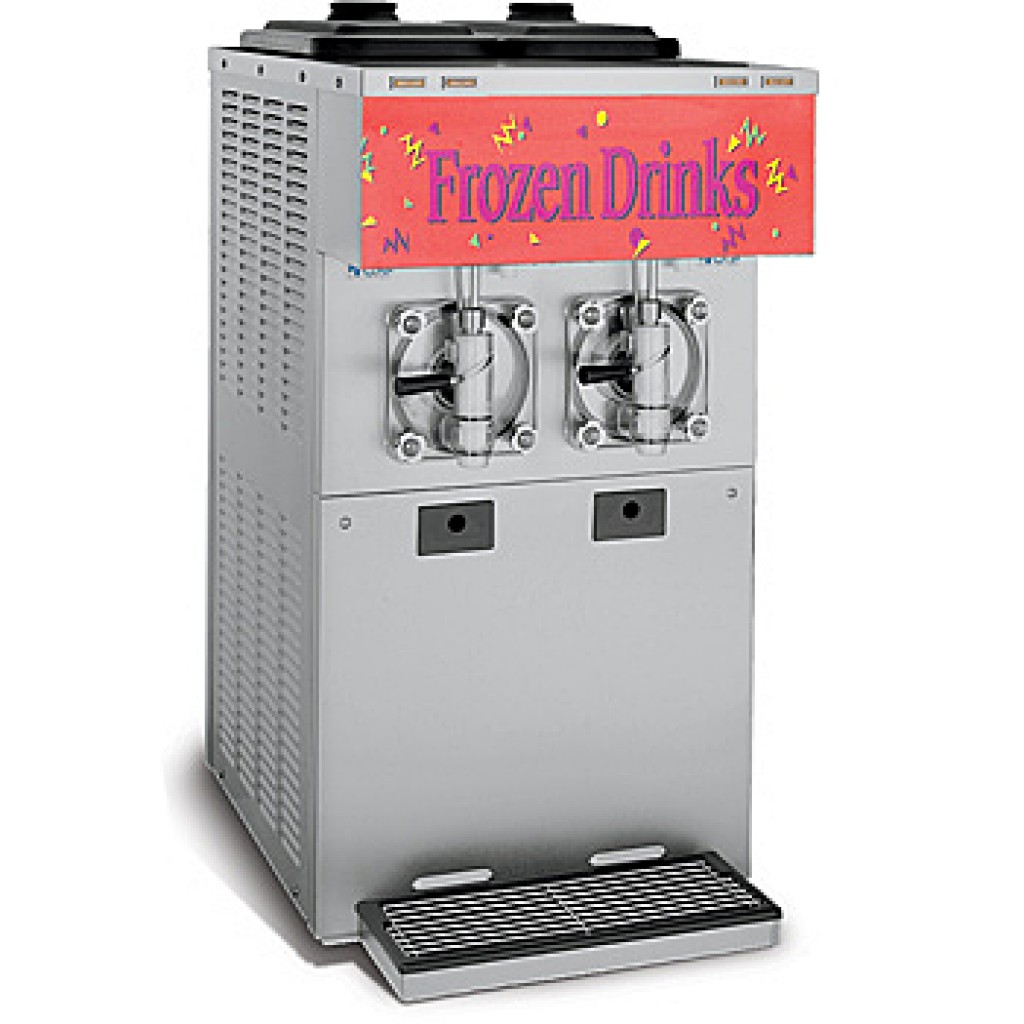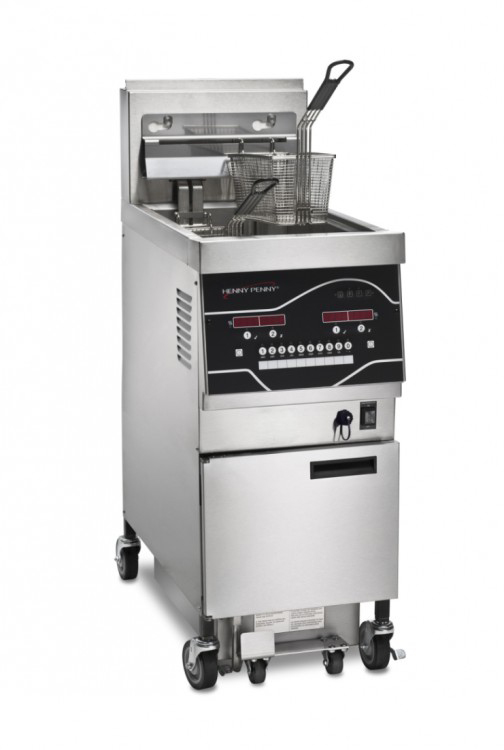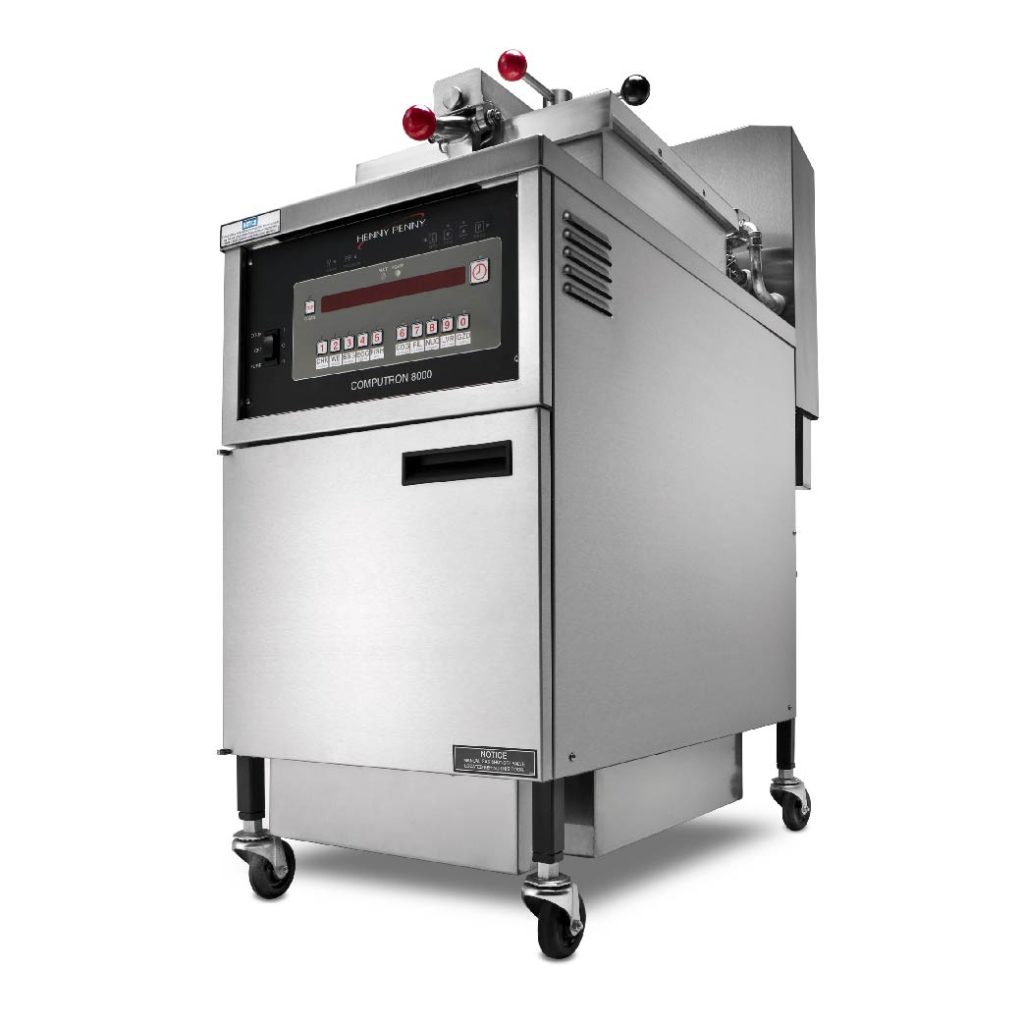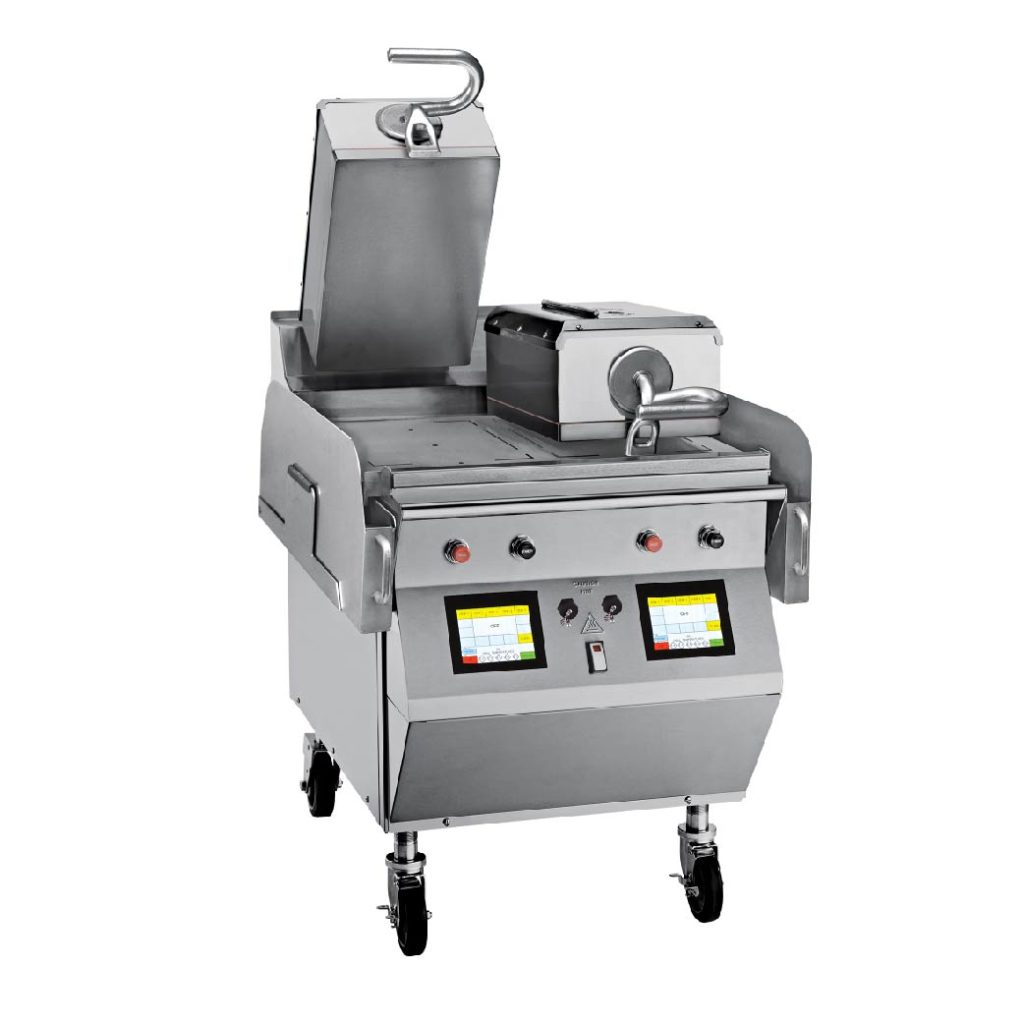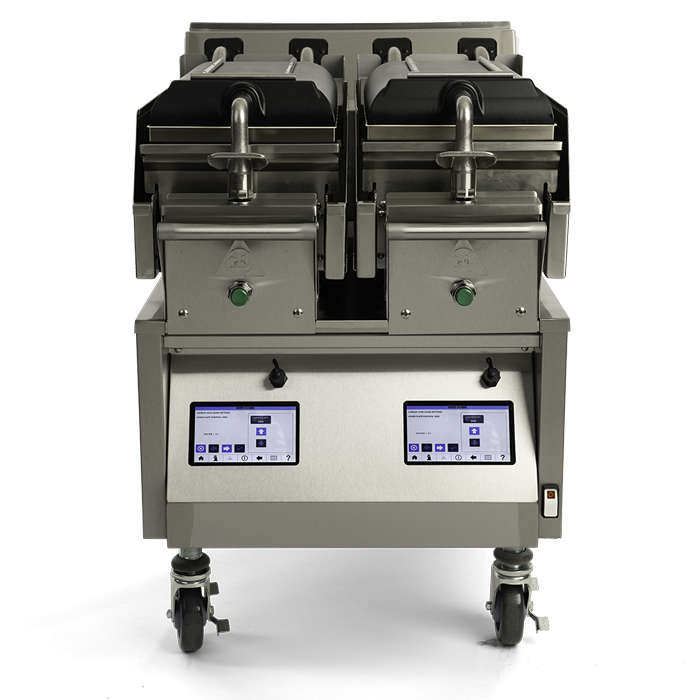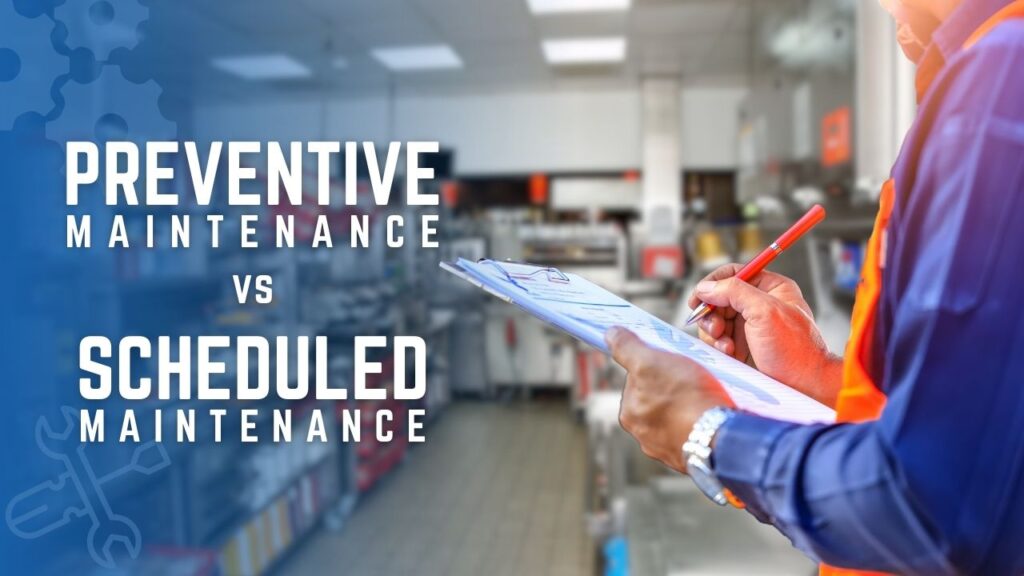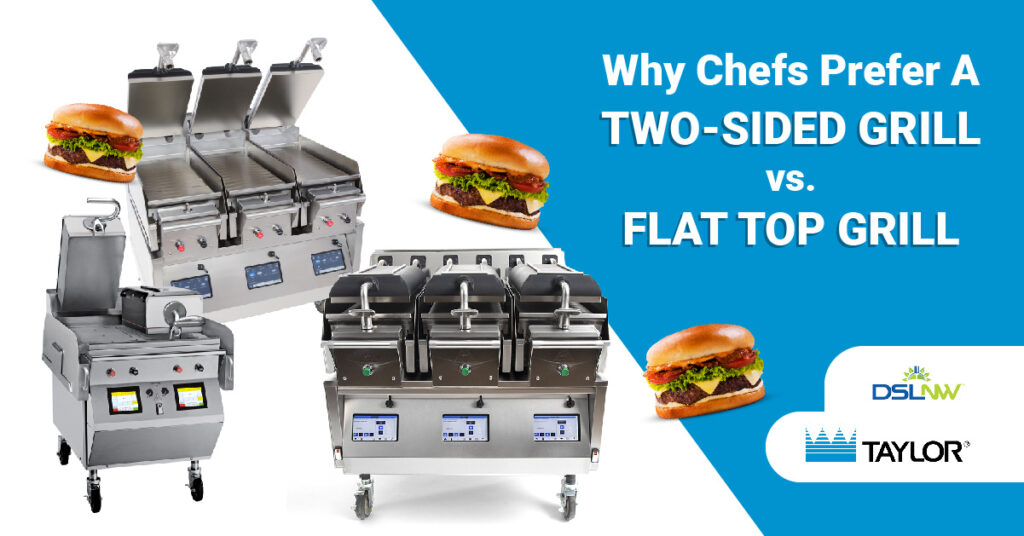Running a successful food business is about more than just great recipes and stellar customer service. The backbone of any thriving restaurant or food service establishment is the kitchen equipment that keeps everything running smoothly. Whether you’re flipping burgers, preparing gourmet meals, or serving up ice-cold desserts, investing in high-quality commercial kitchen equipment is vitally important to boost efficiency, maintain consistent quality, and maximize profits.
In this article, we’ll explore five of the top commercial kitchen equipment brands that can help you elevate your food business to the next level and get that kitchen equipment list.
Henny Penny: Perfecting Fried Food with Pressure Fryers
When it comes to fried foods, Henny Penny is a brand that stands out. Known for its exceptional line of pressure fryers, open fryers, combi ovens, and holding cabinets, Henny Penny provides equipment that ensures faster cooking times without compromising on quality.
Their pressure fryers are specifically designed to lock in moisture while creating that signature crispy coating that customers crave. This makes them perfect for fried chicken, fish, and other crispy delights. The pressure frying technology reduces oil absorption, leading to healthier results and less waste.
In addition to their fryers, Henny Penny offers holding cabinets that keep food fresh and hot for longer periods without drying it out. This is a must-have feature for businesses that need to prepare food in bulk and maintain consistency throughout busy service hours.
Ideal for fast-food chains and restaurants focusing on fried offerings, Henny Penny ensures that your food comes out golden and crispy every time.
Taylor: Master of Frozen Desserts and Grilled Foods
If frozen desserts or quick-grilled items are on your menu, Taylor is the go-to brand. Taylor has built its reputation on creating reliable and efficient equipment, with a particular focus on soft-serve ice cream machines and grills.
Taylor’s soft-serve ice cream machines are known for their ease of use and consistent results, making them a favorite for ice cream parlors, frozen yogurt shops, and fast-food chains offering frozen treats. The machines are also designed for quick cleaning and minimal downtime, which means you can serve more customers without delay.
On the other side of the spectrum, Taylor’s grills offer fast and efficient cooking for burgers, sandwiches, and grilled items. The combination of these two types of equipment can streamline operations for businesses offering both frozen desserts and fast-cooked meals, allowing them to cater to a wide range of customer preferences.
Vulcan: The Backbone of Professional Kitchens
Vulcan is a name synonymous with professional kitchens around the world. Renowned for its ovens and ranges, Vulcan offers versatile cooking solutions that can meet the needs of any busy kitchen.
Vulcan’s ovens come in various configurations, from convection to combi ovens, which provide precise control over cooking conditions, ensuring perfectly baked goods and roasted meats every time. Meanwhile, their ranges are designed for heavy use, with high-BTU burners and durable materials that can withstand the demands of a high-volume kitchen.
The reliability and precision of Vulcan’s equipment make it ideal for a variety of restaurants, from fine dining establishments to bustling cafés. Durability, consistency, and performance are key traits that make Vulcan a trusted brand among professional chefs.
Hobart: Your Go-To for Dishwashers and Mixers
In any commercial kitchen, keeping things clean and prepped is just as important as cooking great food. This is where Hobart shines. Specializing in commercial dishwashers and mixers, Hobart has been a trusted name in the industry for decades.
Hobart’s commercial dishwashers are known for their speed and efficiency, making quick work of even the dirtiest dishes. Whether you’re running a small café or a large-scale restaurant, Hobart dishwashers can handle high volumes, ensuring that you never run out of clean dishes during peak hours.
In addition to dishwashers, Hobart’s mixers are a vital part of food preparation, especially for bakeries, pizza places, and any business that requires large-scale dough mixing or batter preparation. Their mixers come in various sizes to fit the specific needs of your business, and they are designed for long-lasting performance.
True Refrigeration: The Ultimate Cold Storage Solution
No kitchen can function without proper refrigeration, and True Refrigeration offers some of the best cold storage / food storage solutions in the market. Whether you need reach-in refrigerators, freezers, or under-counter units, True has a variety of products designed to meet your specific needs.
True’s equipment is known for being energy efficient, which can save you money on utility bills while maintaining the perfect temperature for food safety. Their products are built to last, ensuring that your investment pays off for years to come.
For any restaurant or food service business, maintaining food at the right temperature is critical to both quality and safety, and True Refrigeration offers reliable solutions for cold storage that you can depend on.
Choosing the Right Commercial Kitchen Equipment for Your Business
While these top brands are all exceptional, choosing the right equipment for your business depends on your specific needs, budget, and the type of food you serve. Consider factors like the size of your kitchen, the volume of food you produce, and whether energy efficiency is a priority for you.
Also, think about the durability and ease of maintenance of the equipment. Investing in high-quality equipment upfront can save you from costly repairs and downtime in the future.
The Impact of Quality Equipment on Business Success
Investing in top-tier kitchen equipment doesn’t just improve the efficiency of your kitchen—it can boost your overall business success. With faster cooking times, more consistent food quality, and less equipment downtime, your staff can focus more on creating great food and less on dealing with equipment malfunctions.
Moreover, reliable equipment ensures that your customers get the same experience every time they visit, which builds trust and keeps them coming back for more. In the long run, this kind of consistency can significantly enhance your reputation and profitability.
The right kitchen equipment can make or break a food business. Brands like Henny Penny, Taylor, Vulcan, Hobart, and True Refrigeration offer some of the best solutions available today, each bringing unique strengths to the table. Whether you’re focused on fried foods, frozen desserts, professional cooking, cleaning, or refrigeration, these brands have got you covered.
Invest wisely, and you’ll find that the right equipment not only makes your job easier but can also lead to a more successful and profitable business. Visit our website at www.dsl-nw.com for Henny Penny and Taylor equipment distribution to take your business to the next level.
